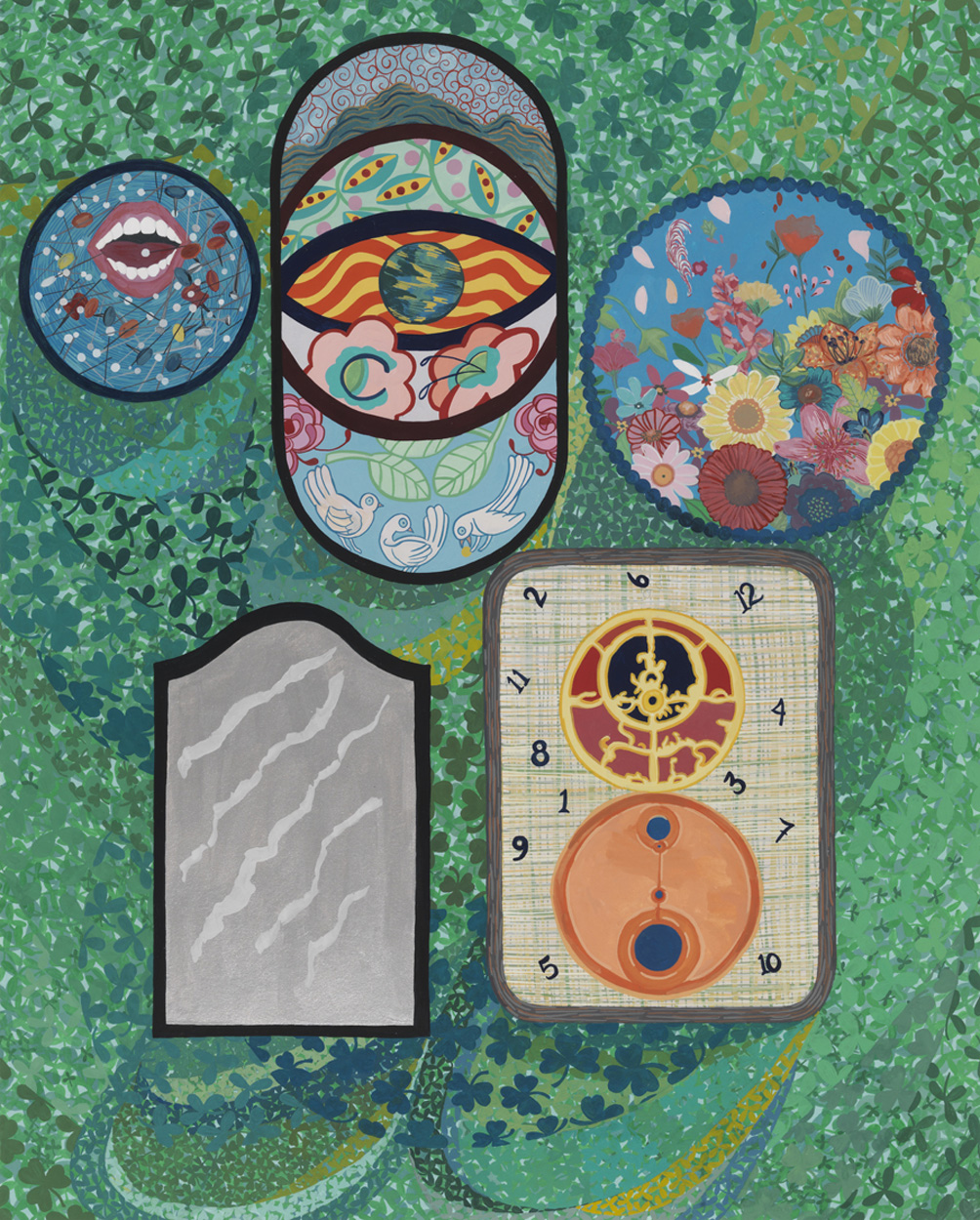

On the other hand, a high-precision mechanical watch goes far beyond that. To most people, a timepiece is just a simple tool for telling time. Patek Philippe holds the Guinness World Record for creating the world’s first wristwatch in 1868 for Countess Koscowicz of Hungary. Designs are becoming more diverse and complex to stand out from the crowd. It pays to be unique in today’s watchmaking world.

The twenty-first century pushes horological boundaries to a certain extent. However, antique clocks now find rivals with modern clocks. Their craftsmanship and attention to detail make them highly sought-after collectibles. Grandfather clocks, like luxury Swiss-made timepieces, are status symbols. Horologists must keep up with those interested in timekeeping as they seek ever-more elegant ways to pursue their passion. It is not surprising that watchmaking and horology have evolved into art forms in their own right. The concept of time has always penetrated the human imagination, from the ancient phrase, ‘Time and tide waits for no man,’ to Macbeth’s note in Shakespeare’s celebrated play, ‘Let every man be master of his time.’ Time has long been a source of inspiration for writers, philosophers, and artists.
#Art of horology how to
Read more: How to make a time machine? Things you should know! Horology art On the spring and autumn equinoxes, thousands of people gather to watch a snake descend Chichen Itza, built to serve as a calendar. Mayan civilizations in Mexico’s Yucatan peninsula used massive stone structures and pyramids, such as the renowned Chichen Itza, to plot the equinox and solstice. Another early clock that uses shadows to estimate the hour on a sunny day is the sundial. Other ancient timekeeping devices include the candle clock, widely used in ancient China, Japan, England, and Mesopotamia the time stick, commonly used in India and Tibet and the hourglass, which served a similar function to the water clock.

Water clocks, also invented by the Egyptians, were first used in the Precinct of Amun-Re and by the ancient Greeks, who called them clepsydrae. They divided the day into two 12-hour periods and tracked the sun’s movement with giant obelisks. Horology, or the study of time measurement, dates back to 1450 BC when the Ancient Egyptians observed the earth’s natural circadian rhythms for the first time. Horology is the science of measuring time.įrom primitive sundials to cutting-edge satellite technology used in smartphones to tell the time, the human race has become steadily more adept at timekeeping over the centuries.

Let’s find out more about horology and its history. From the sundials of antiquated civic establishments to the accuracy watches of today, horological instruments have advanced and adjusted, mirroring the changing requirements and desires of mankind. Horology has a rich history going back hundreds of years, including social, mechanical, and logical progressions. It includes an immense space that incorporates different timekeeping gadgets and their multifaceted systems. Many people are fascinated by it.īeyond the hourglass, horology, the study and measurement of time, continues to captivate people. The sand running through its glass bulbs is a stark reminder of life’s transience. The hourglass, one of the earliest timekeeping devices, symbolizes time itself. This display of time makes looking into both the future and past laborious, forcing the owner to see, and by extension live, only within the present.The only constant is time. While minutes and seconds are indicated with conventional hands, the hour indicator is shown by the only right side up numeral on the dial. Launched almost a decade ago, the Upside Down's striking design is a clear attempt at a more conceptual timepiece. So, what does conceptual horology even look like? Let's take a look at three examples. Conceptual timepieces are more rare than the craftsmanship-oriented category of art, but can be just as valuable and worthy of our attention. Art can also operate on a more conceptual level, judged by its ability to make us think and see things differently. But beyond craftsmanship and technique, there is another way to think of art. Collections like Vacheron Constantin's Métiers d'Art or Patek Philippe's Rare Handicrafts are prime examples, through their use of techniques like enameling, lacquering, and cloisonné, to name a few. The most common way of assessing the artistic value of a watch is through its craftsmanship.


 0 kommentar(er)
0 kommentar(er)
